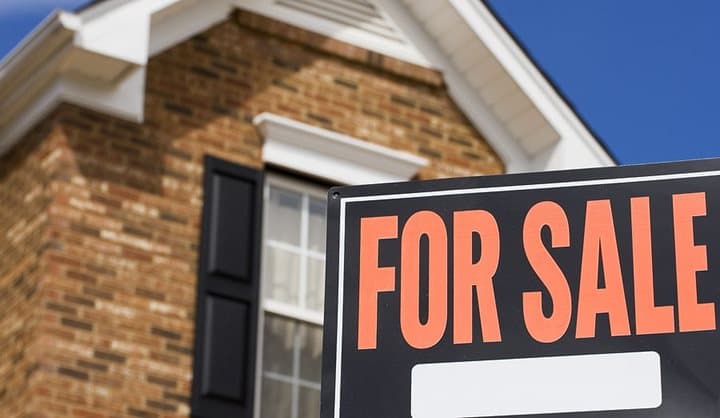How to Sell a Shared Ownership Property
If you’re looking to sell your Shared Ownership property, you might be wondering what the process is.

If you’re looking to sell your Shared Ownership property, you might be wondering what the process is.

Yes, it is possible to make a profit when selling a Shared Ownership house if the RICS valuation finds the property has increased in value. The profit that you make when selling a Shared Ownership property will be relative to the share that you are selling.
If you have staircased and own 100% of your Shared Ownership property, then you are usually able to sell it on the open market. If you do not own 100% of the property then the buyer will have to buy the same size share or more when you sell your property.
Yes, but will have to prove that you are in the process of selling your current property before buying through the scheme again.
Compare moving quotes in 4 simple steps